To provide the best experiences, we use technologies like cookies to store and/or access device information. Consenting to these technologies will allow us to process data such as browsing behaviour or unique IDs on this site. Not consenting or withdrawing consent, may adversely affect certain features and functions.
The technical storage or access is strictly necessary for the legitimate purpose of enabling the use of a specific service explicitly requested by the subscriber or user, or for the sole purpose of carrying out the transmission of a communication over an electronic communications network.
The technical storage or access is necessary for the legitimate purpose of storing preferences that are not requested by the subscriber or user.
The technical storage or access that is used exclusively for statistical purposes.
The technical storage or access that is used exclusively for anonymous statistical purposes. Without a subpoena, voluntary compliance on the part of your Internet Service Provider, or additional records from a third party, information stored or retrieved for this purpose alone cannot usually be used to identify you.
The technical storage or access is required to create user profiles to send advertising, or to track the user on a website or across several websites for similar marketing purposes.
 Our lives at work are about to change—again. Just as the addition of PC’s and Wi-Fi re-drew the office blueprint, emerging technologies like robots, virtual agents, artificial intelligence (AI), and the Internet of Things (IoT) promise to radically revise the form and the function of work and the workplace. In the near future, your office will know who you are (if it doesn’t yet) and will be ready to greet you with your preferred lighting and the array of digital tools you need to do your job.
Our lives at work are about to change—again. Just as the addition of PC’s and Wi-Fi re-drew the office blueprint, emerging technologies like robots, virtual agents, artificial intelligence (AI), and the Internet of Things (IoT) promise to radically revise the form and the function of work and the workplace. In the near future, your office will know who you are (if it doesn’t yet) and will be ready to greet you with your preferred lighting and the array of digital tools you need to do your job.




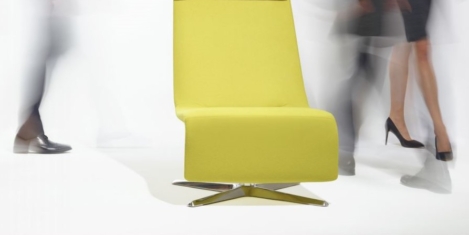
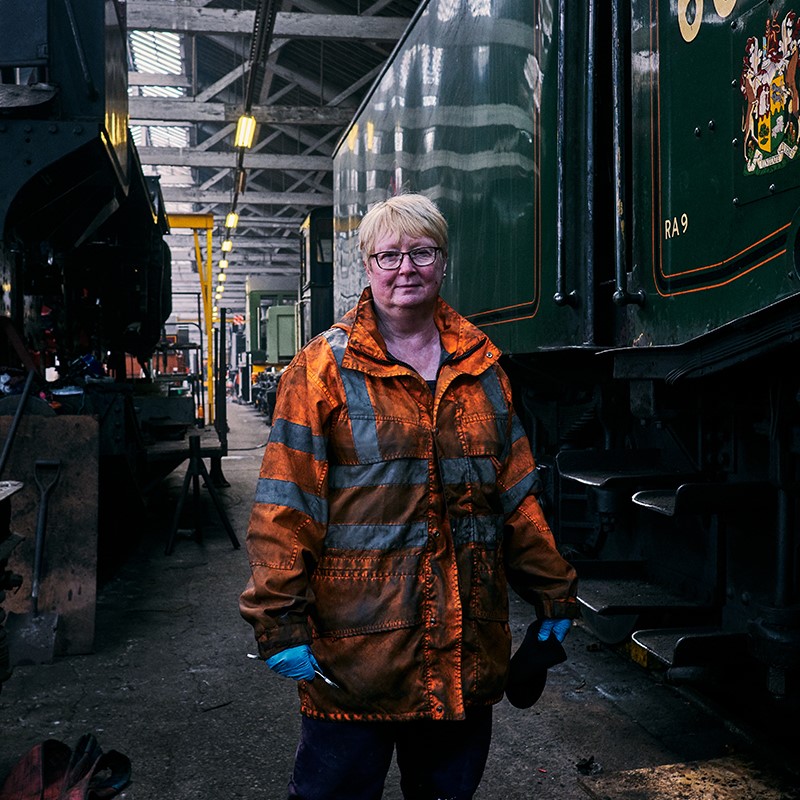
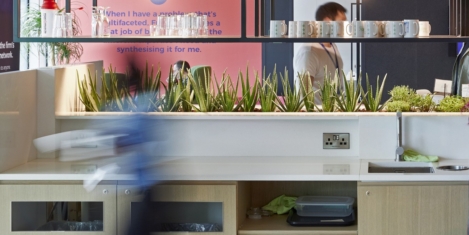
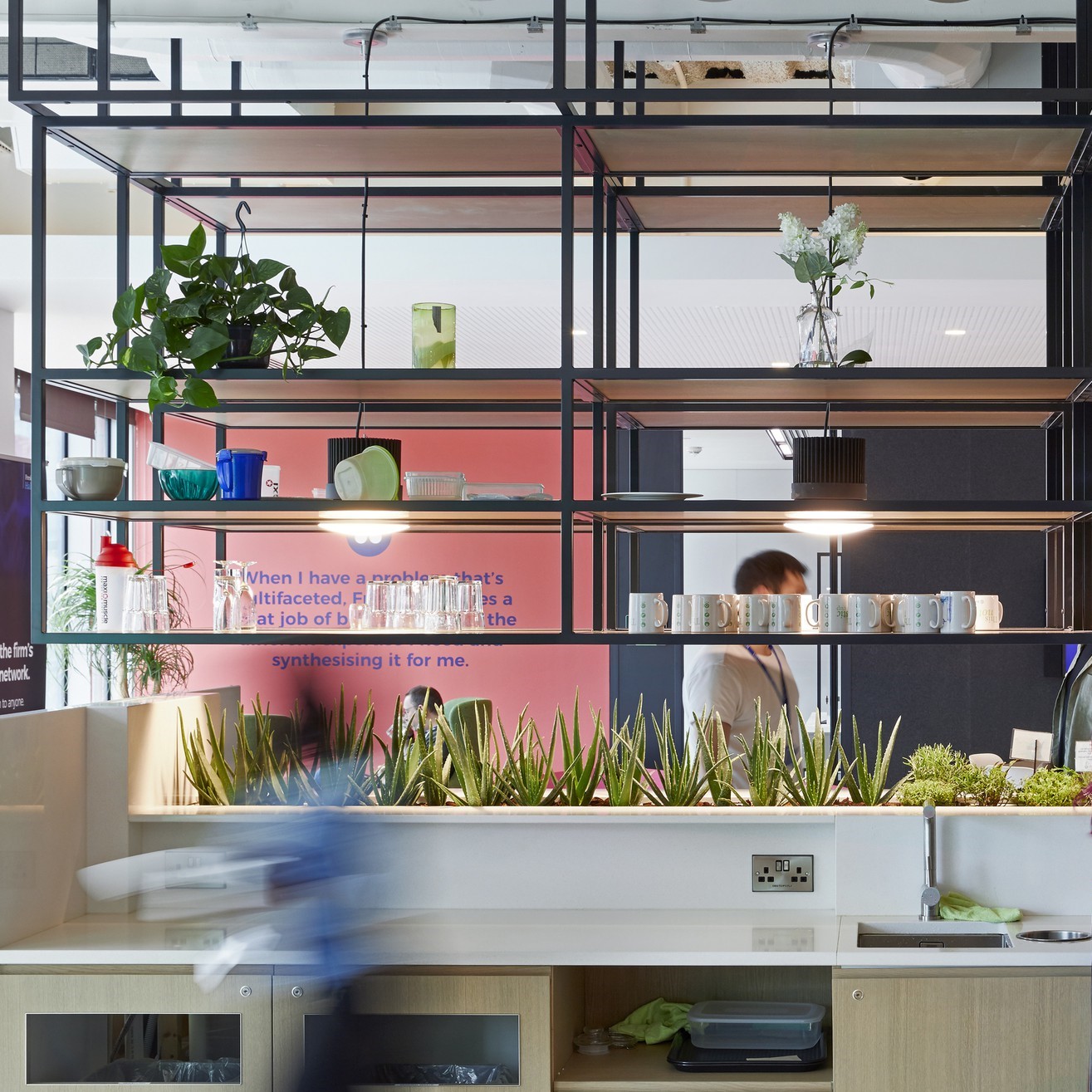
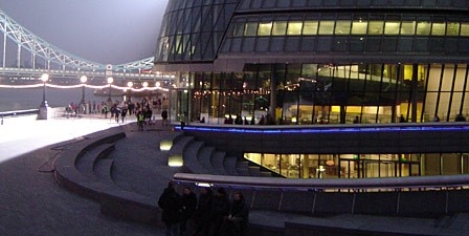

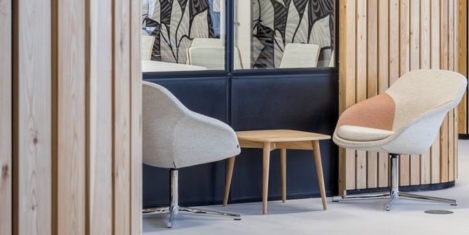
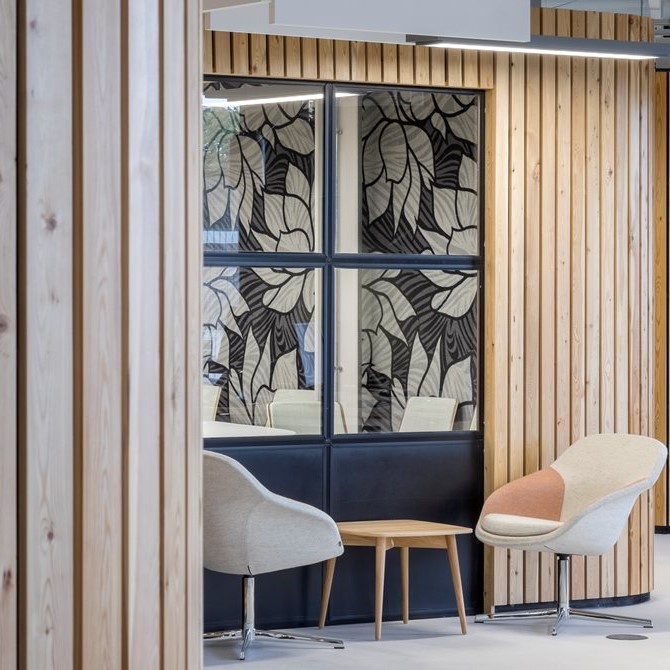
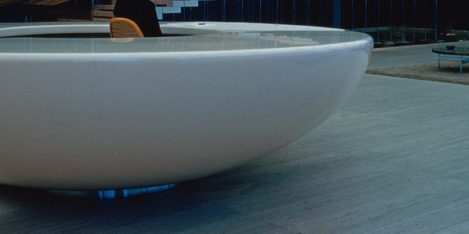



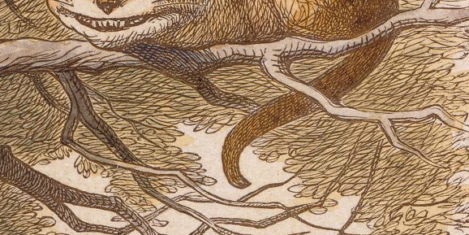




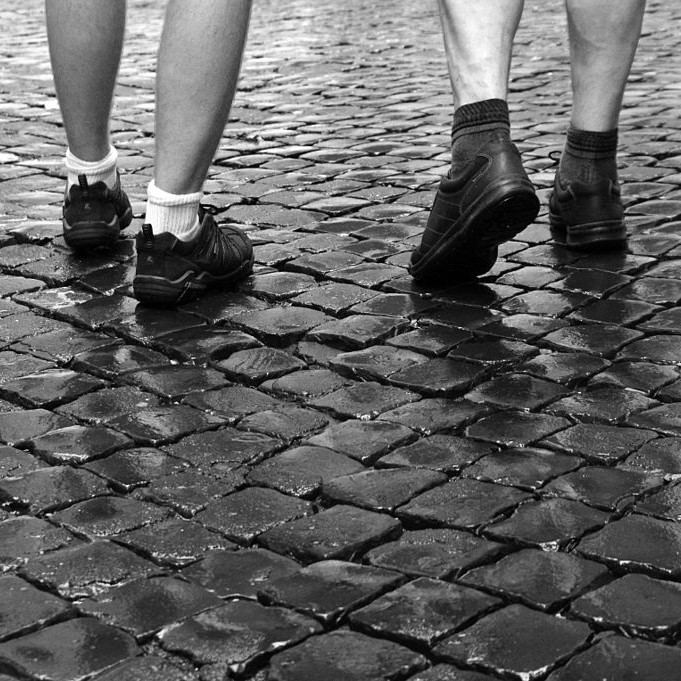
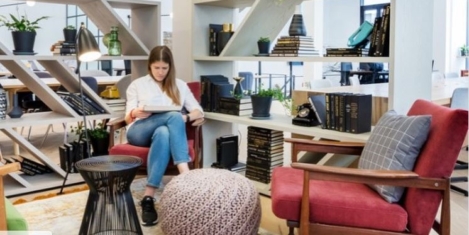
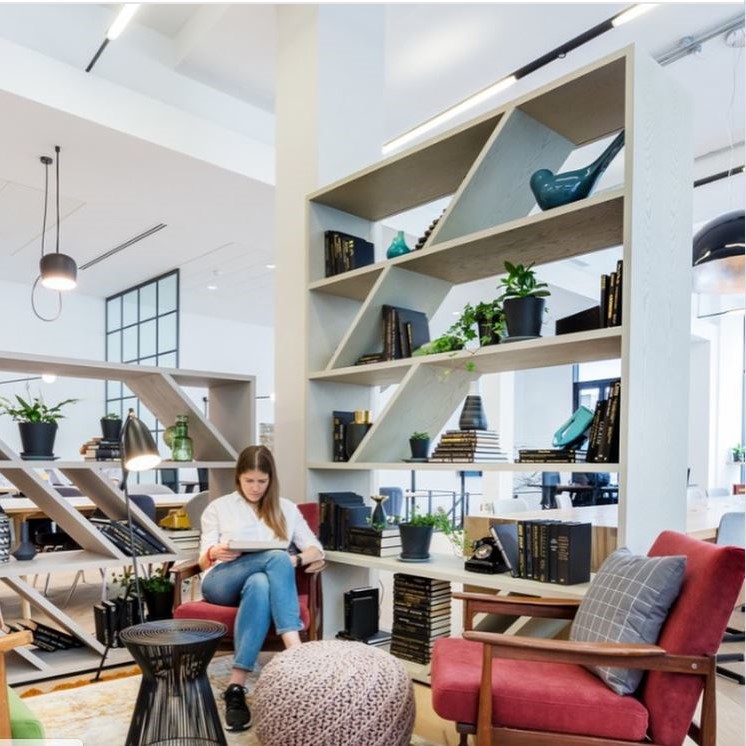









August 23, 2019
Summertime childcare juggling needs to be consigned to history
by Han Son Lee • Comment, Flexible working